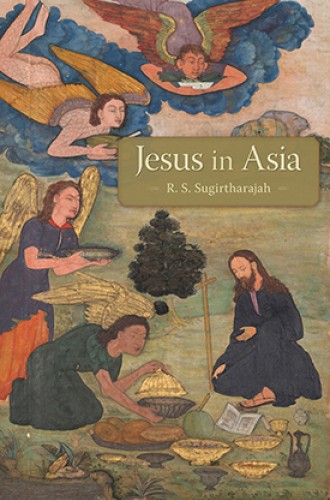The many Jesuses of Asia
From Hindu Bible commentary to Christian minjung theology, the Asian Jesus has taken many forms.
The topic of this excellent book—Asian quests to interpret the Jesus of scripture, history, and faith—will be new to most Western Christians. R. S. Sugirtharajah brings together some fascinating parts of the global and perpetually expanding biography of Jesus. This particular expansion is a manifestation of the creative, idiosyncratic personalities of those who read scripture in Asian contexts. It also reflects the desire of Christians to present Jesus in a culturally appealing garb.
Sugirtharajah begins with some of the earliest Asian biographies of Jesus. The Nestorian Monument is a stele etched in the seventh century by Church of the East missionaries in Tang China, and the eight scrolls known as the Jesus Sutras were produced in approximately the same time and place. In these depictions, attentive as they are to Buddhist and Taoist ideals, Jesus preaches mindfulness along with the doctrines of “no desire,” “no piousness,” “no doing,” and “no truth.”
Mirror of Holiness, produced a millennium later by the Jesuit Jerome Xavier (nephew of the famous Francis Xavier) in the north Indian Mughal Muslim court of Emperor Akbar, portrays Jesus in ways intended to appeal to Mughal rulers while at the same time asserting the truth of Christian (as opposed to Muslim) understandings of Jesus. Xavier downplays Jesus’ ethical prescriptions which might have offended the royals (such as those on marriage and divorce) while portraying Jesus as a perfect soul, miracle worker, and crucified Messiah. The latter point refutes Muslim assertions that Jesus was not crucified.






